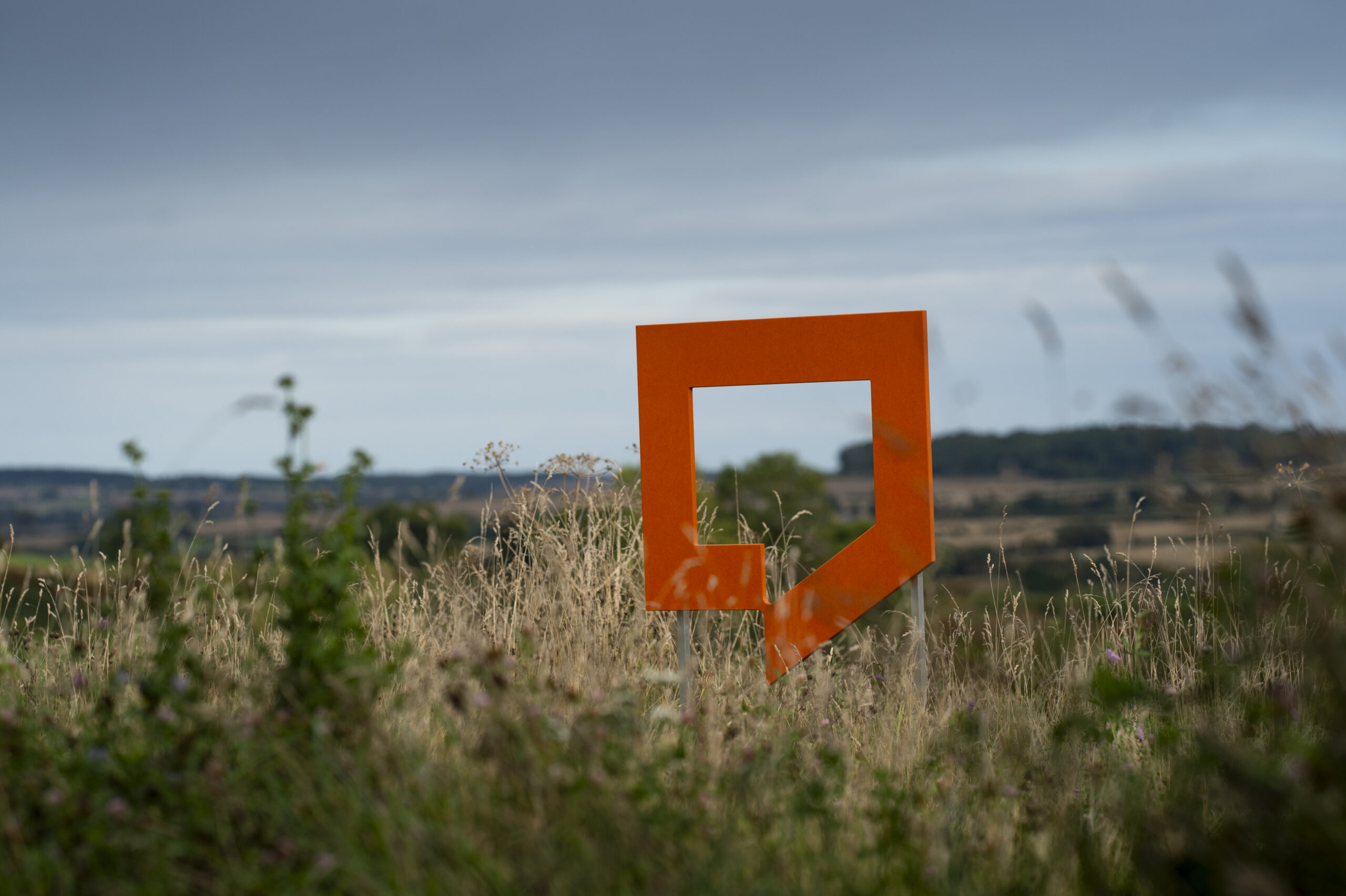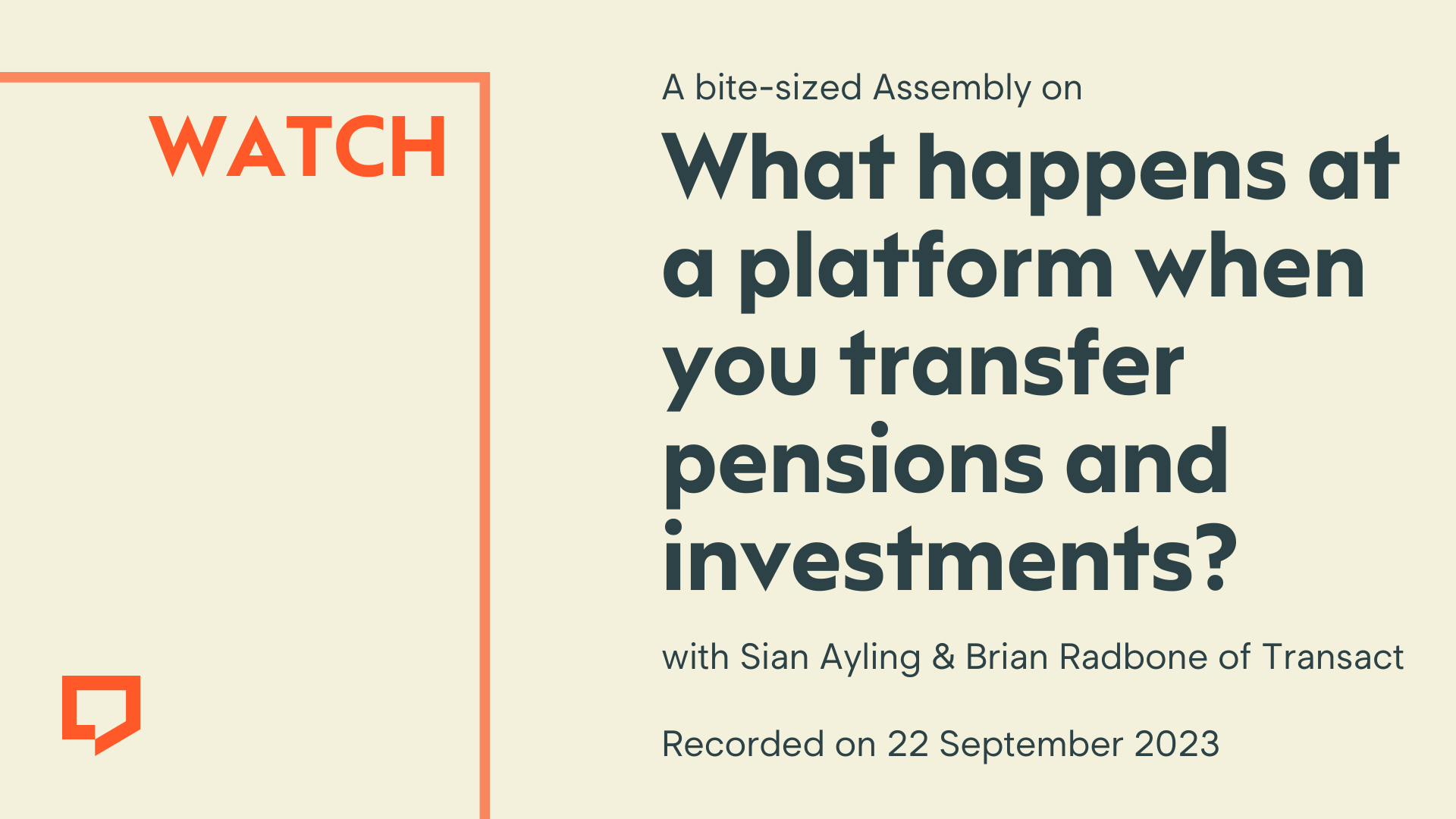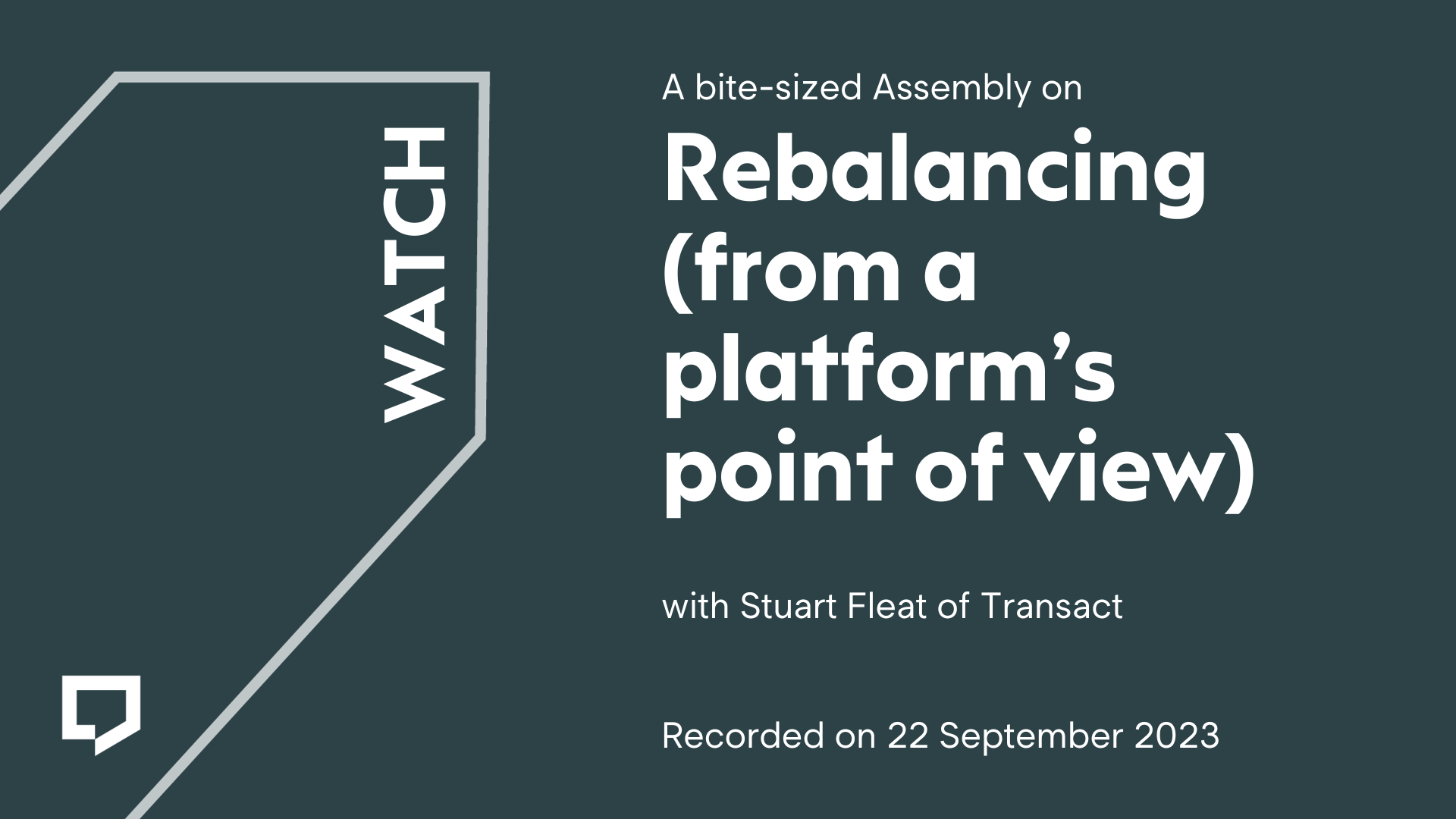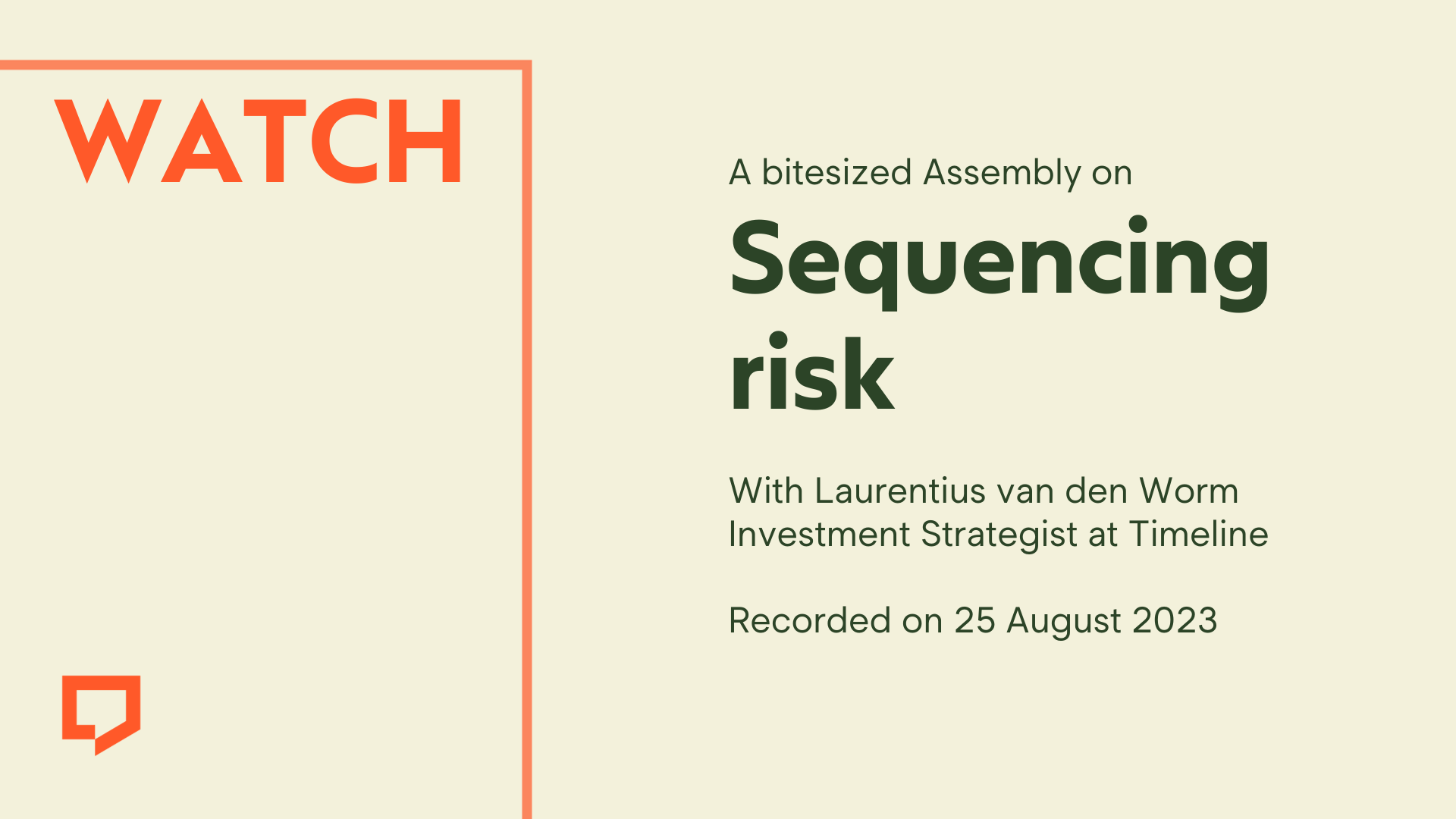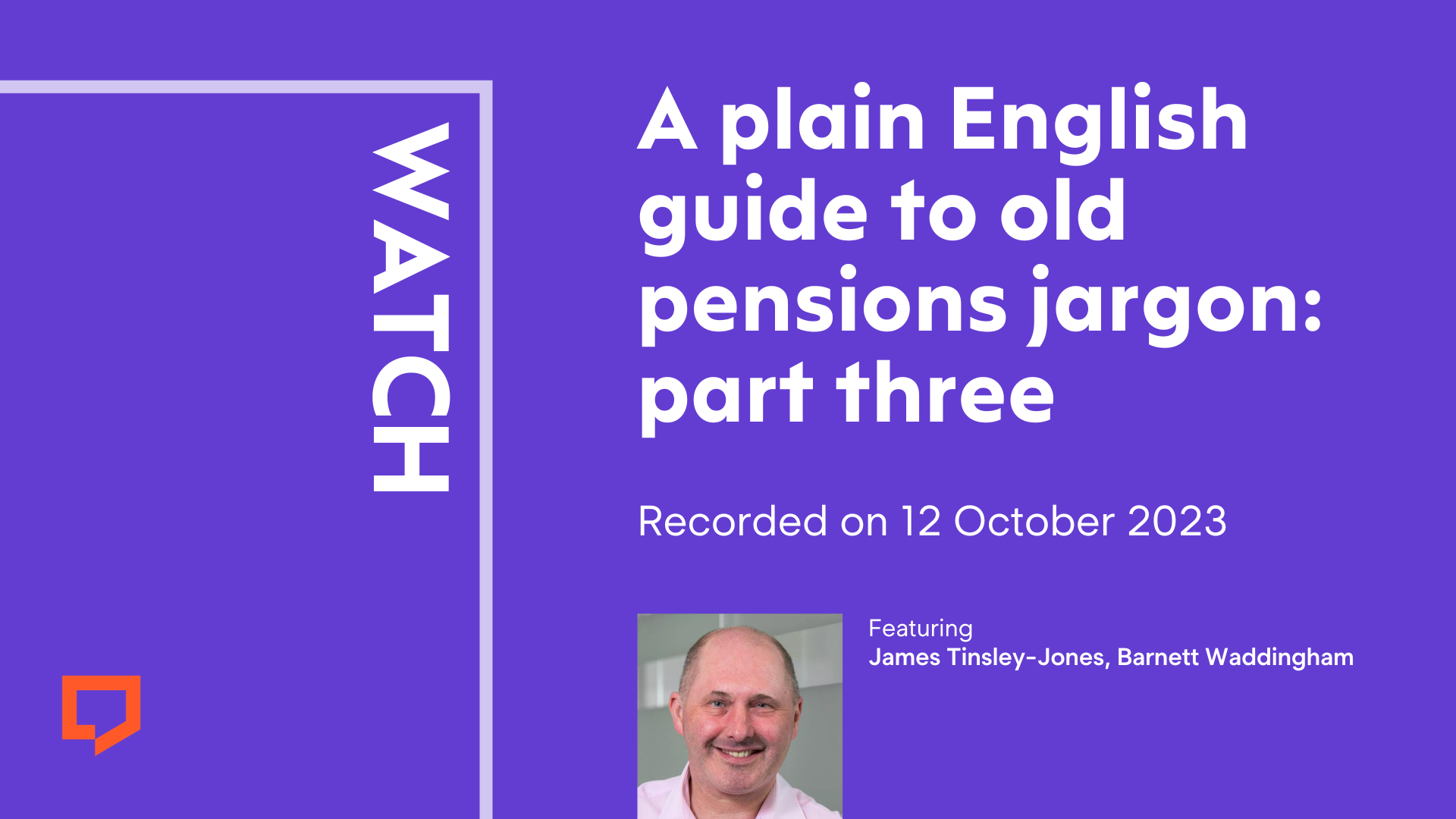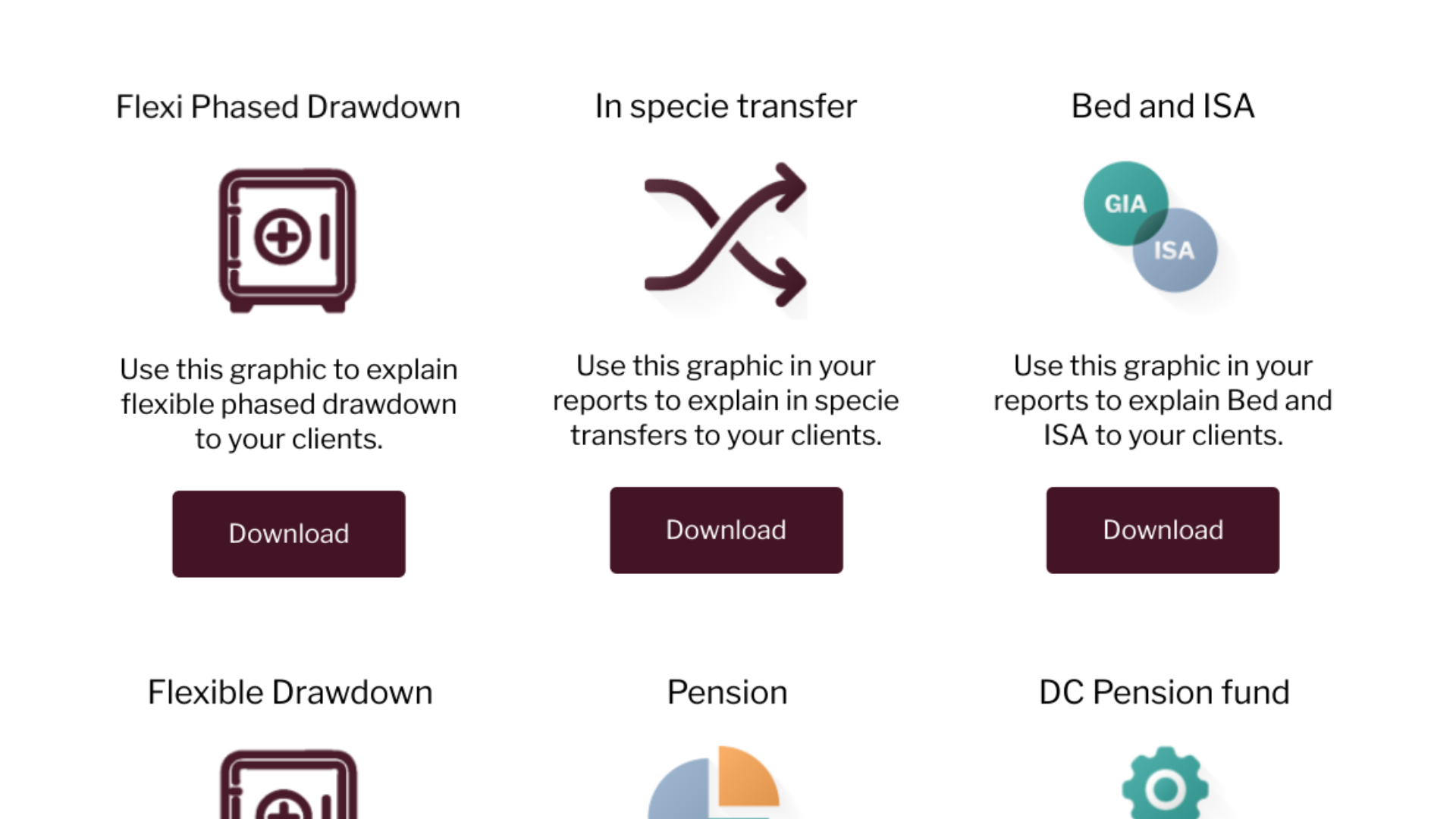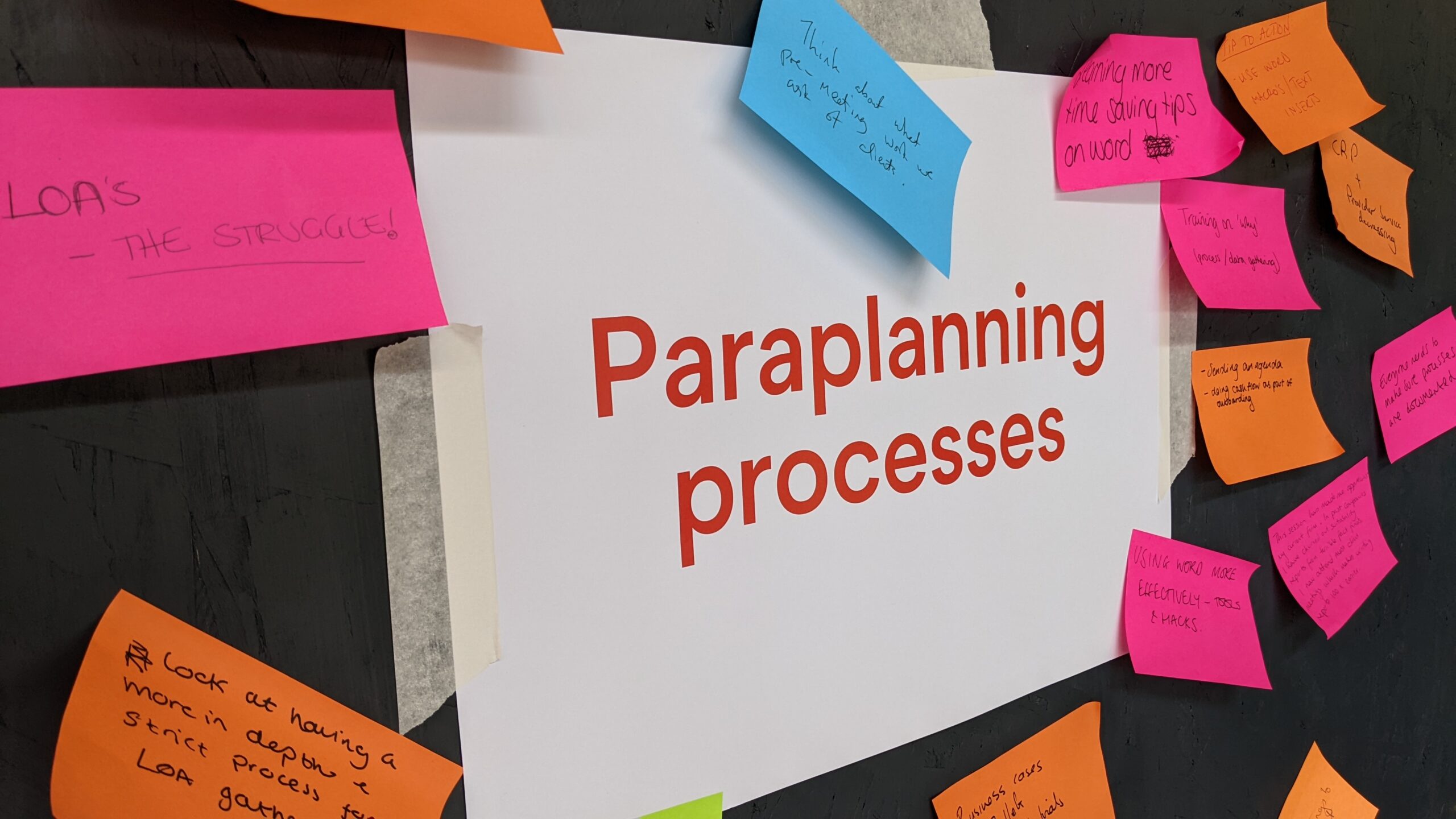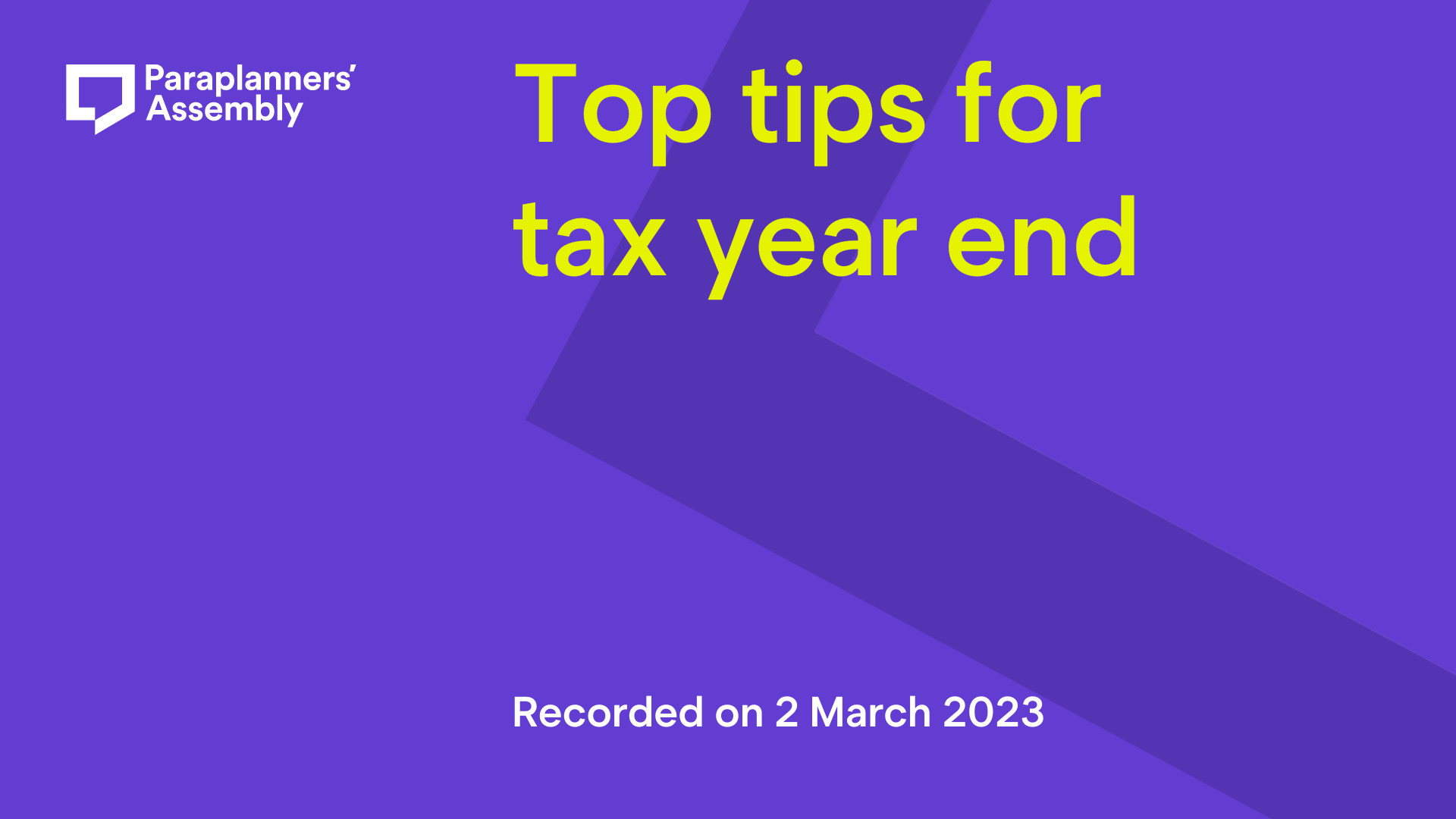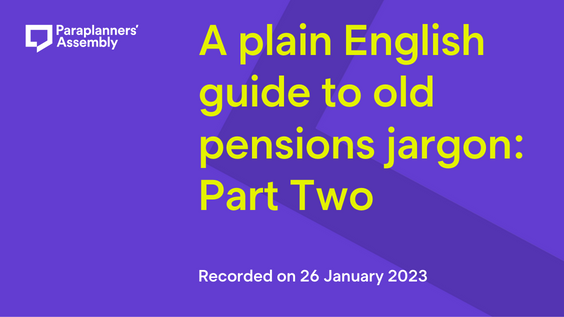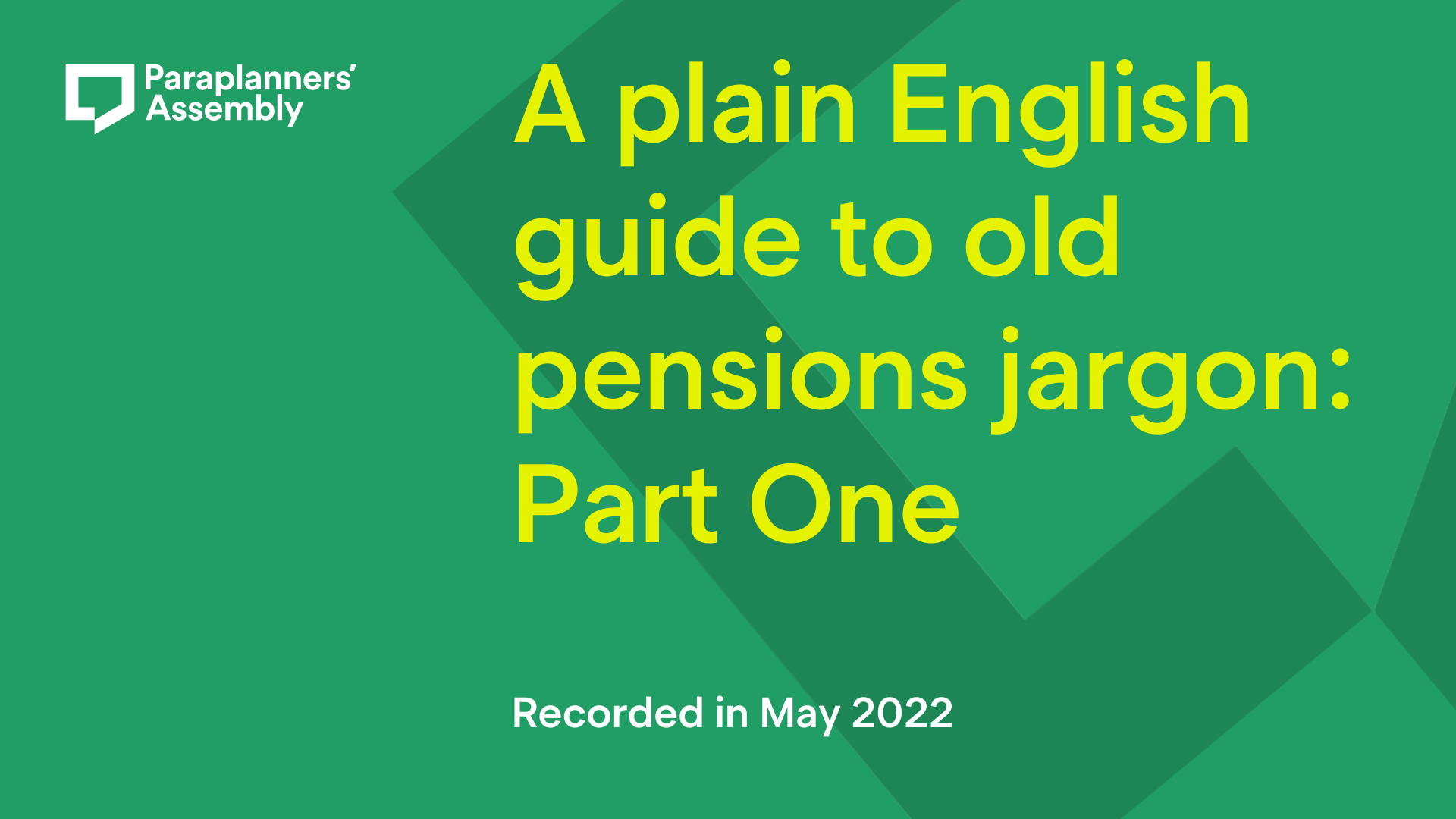Welcome to a brand new series of blog posts where we’ll be sharing real-life case studies written by real-life paraplanners. Why? Because whilst theory is always good, nothing beats hearing how the technical stuff gets applied in practice from actual paraplanners themselves. So here’s the first in the series, where paraplanner Nathan Fryer talks about making a difference for your client.
Case study: Getting the best client outcome
Name: Nathan Fryer
Tell us a bit more about you, Nathan: I’m the founder and Director of Plan Works, a provider of outsource paraplanning. I also co-host Powwow Down South and you may have spotted me on a couple of the Howwow online panels.
What’s your case study all about? This is an example of how analytical thinking can make sure that the client gets the best possible outcome.
Ok, over to you…
As a paraplanner I question everything as I don’t like to simply “do as I’m told,” some advisers like this and the ones that don’t are no longer clients. In my mind, unless you are prepared to be challenged on the advice being given then you do not have the client’s best interests at heart. This is not to say that I know everything, because I don’t and I wouldn’t be being honest if I said I think I did know everything.
Last week an adviser approached to construct a case for a client who was over 55 but under 75 earning just over £100,000 a year with vast sums of assets.
The client had approached the adviser as they wanted to commit a sum of £650,000 to help provide an income in retirement and assist his two children when he is no longer around.
The client didn’t, at this stage, want to give the assets away in full and has not made any pension contributions in this tax year, but fully utilises the available ISA allowance each year and plans to continue to do so from other savings.
The adviser approached me to construct a report recommending the investment funds and products that might be suitable. On the surface it looked like a General Investment Account might do the job but I carried out some tax-wrapper analysis and concluded that a blend of products might work better.
I concluded that the client could make use of his annual pension allowance together with an investment bond and a General investment account.
- The client is expected to only be a basic rate tax payer in retirement
- At this stage we did not have information about the previous three years contributions or in fact whether the client had a pension scheme at all. Carry Forward will be investigated at a subsequent meeting
My proposal was that we place £32,000 into a pension, meaning that he will benefit from immediate tax relief of £8,000 and further £10,000 through the client’s tax-return. Place £60,000 into a general investment account to be able to fully utilise the dividend allowance which I have assumed will reduce to £2,000 next year meaning that the client can receive 3.33% dividend return (3.50% is the average dividend yield of the FTSE all share). Then place the remainder into an onshore bond. This means that whilst the client remains a higher rate tax payer they can access 5% withdrawals each year (tax deferred) which based upon the initial investment of £558,000 would amount to £27,900 (not allowing for adviser ongoing fees.) This £27,900 could either be given to his children or used to make further pension contributions.
So what is the impact of what the adviser has recommended?
Personal Allowance – The client in question was earning £110,000 therefore the personal allowance of £11,500 was being reduced by £1 for every £2 over £100,000 meaning it was £6,500.
| Gross Income | £110,000 |
| Personal allowance reduced by £5,000 | £6,500 |
| £6,500 @ 0% | £0 |
| £33,500 @ 20% | £6,700 |
| £70,000 @ 40% | £28,000 |
| Total tax | £34,700 |
When making the pension contribution, this has the following impact:
| Gross Income | £110,000 |
| Less personal contribution (Gross) | (£40,000) |
| Adjusted net income | £70,000 |
| Personal allowance | £11,500 |
| Amount on which tax is calculated (£110,000 – £11,500) | £98,500 |
| Income tax on £73,500 (basic rate extended by £40k) @ 20% | £14,700 |
| Higher rate (£110,000 – £11,500 – £71,500) £25,000 @ 40% | £10,000 |
| Total tax | £24,700 |
Difference = £34,700 – £24,700 = £10,000
So not only has the client benefited from £8,000 immediate tax relief, he has also benefited from £10,000 income tax relief therefore saving £18,000.
You may argue that the client has to pay tax upon taking income from the pension to which I have a few responses.
£32,000 into the pension plus tax relief is £40,000. If we ignore the impact of any growth or inflation the client will have £40,000. 25% is assessable as tax free cash i.e. £10,000 and the remaining 75% is taxable at 20% which provides a net of £24,000. £10,000 + £24,000 = £34,000 meaning that even after tax, the client has made £2,000 or 6.25% return.
In addition, we could argue that if the monies were to be left in the pension for his children, it would not form part of the estate for inheritance tax purposes and therefore could save 40% on the £40,000 which is £16,000.
Investments
I suggested that the client put £60,000 into a GIA as this would broadly utilise the annual dividend allowance meaning that the client can achieve a dividend return of £2,000 a year without having to pay further tax and any interest income will be taxed at 40%.
The onshore bond would be taxed at source by 20% on any interest income, property income, rental income and offshore income gains this is versus the GIA that would be taxed at 32.50% on any dividend income and 40% on any interest income which would be added to the clients other income and taxed at the marginal rate.
Broadly speaking the gains on the bond would be taxed at 20%.
Overall
The original thought was to put £650,000 into a GIA meaning that if we assumed a dividend return of 3.50% and an interest return of 2.0% the client would pay £6,743.75 in dividend tax, based upon the £2,000 allowance and £5,200 income tax, which totals £11,943.75 each year.
The recommendation has resulted in the client receiving tax relief upon the pension contribution totalling £18,000 (before withdrawal) or £12,000 after withdrawal.
The client would pay nothing on the dividend return from the GIA and £480 a year on the interest income. Within the bond it would broadly pay £1,953 on the dividend income (assuming the 50% is UK and 50% is international) and £2,232 on interest and other income.
What does this mean?
The original tax position was a bill of £11,943.75.
The new strategy results in positive net relief of £13,815.
This does not take into consideration the future savings by taking 5% from the bond, placing into the pension each year which would be £27,900 which would benefit from a further £6,975 immediate tax relief and £8,975 income tax – £15,950 each year.
DISCLAIMER
This is not specific advice and should not be read as such. If you need advice, please get yourself a decent financial adviser.
Want to share a technical case study with your fellow paraplanners? Pop your idea down on an email to [email protected] and we’ll help you do just that.

